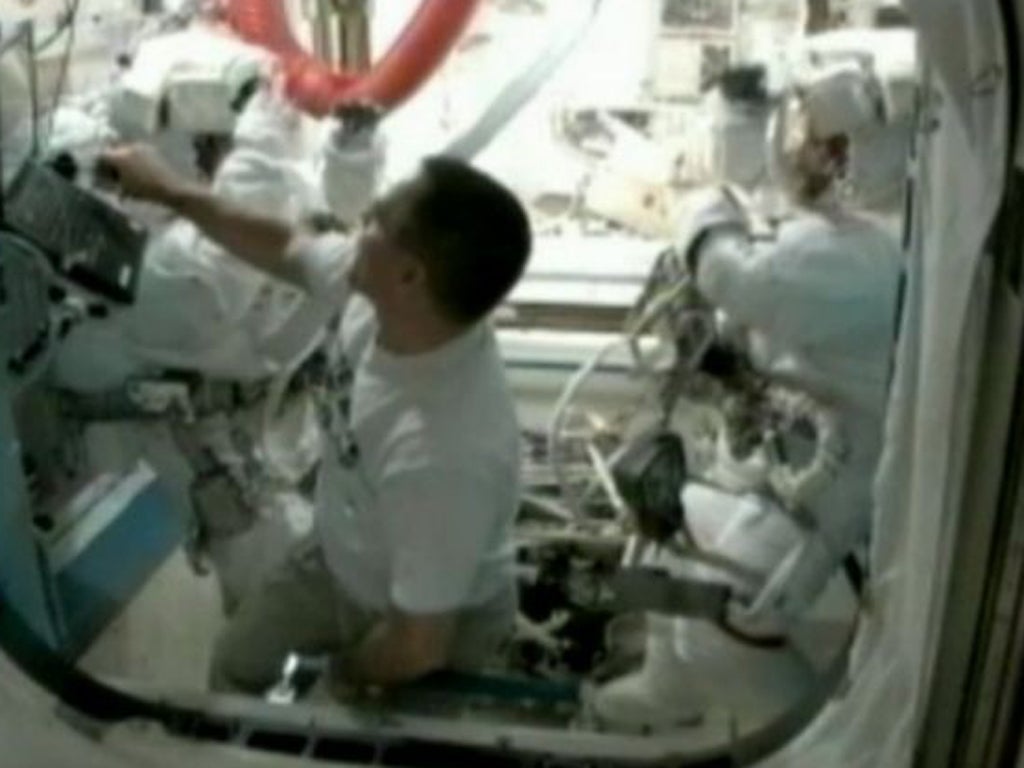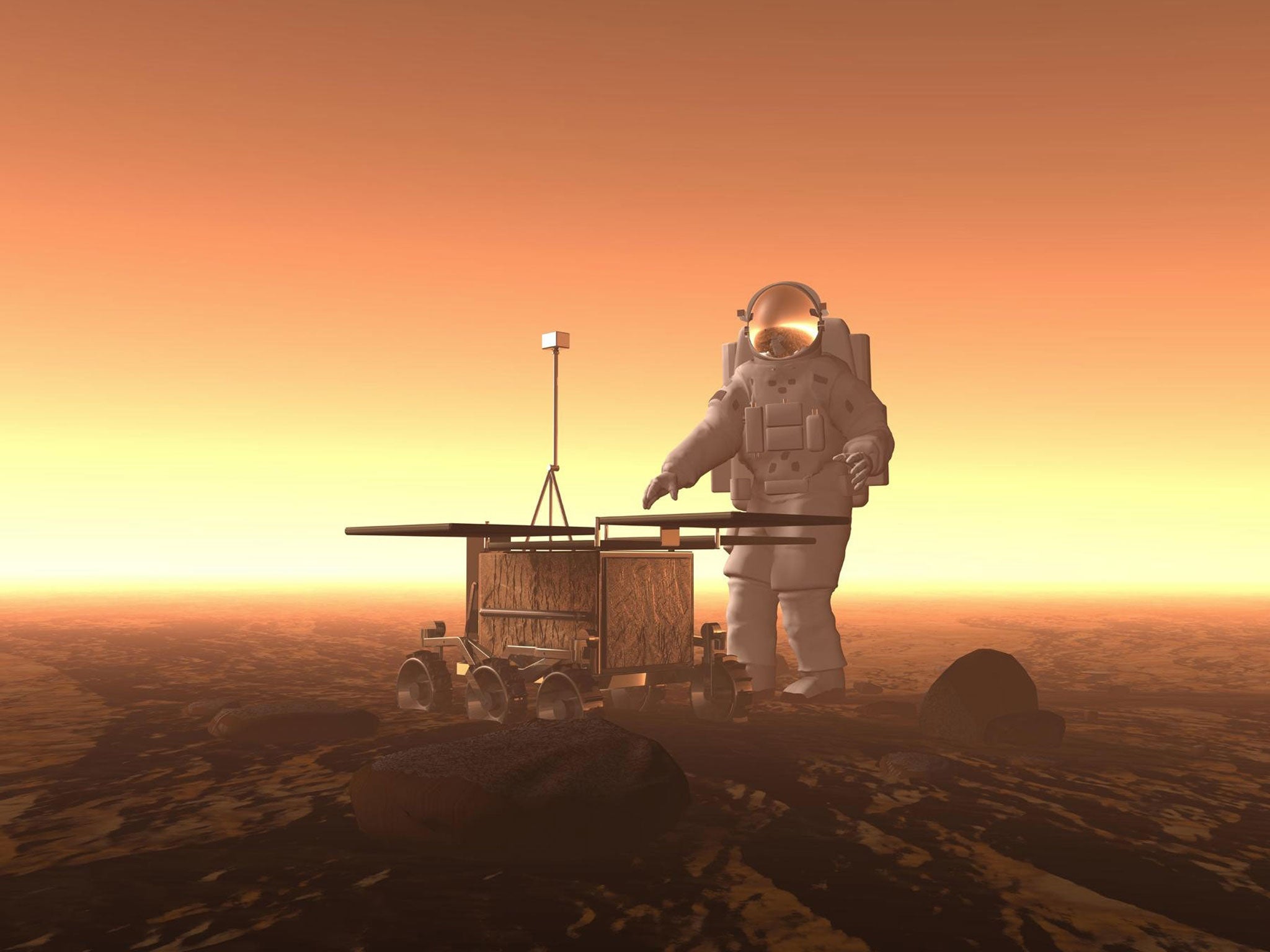Being paid to lie down for NASA? Seven opportunities for wannabe astronauts
.jpg)
It takes an extraordinary physique, high IQ, and years of training to become a bona-fide space-travelling astronaut. But if that rules you out there are plenty of 'experiments' needing volunteers to boldly go where erm, other people might not really want to...
1. Fancy a lie down?
NASA are recruiting subjects for a 15 week stint of lying in bed to research the strains of microgravity on astronauts during long missions. With the volunteers set to earn $5,000 a month it has its upsides; but you can't stand up for the entire period, so trips to the loo are out...
2. Or being locked in a steal tube?
The Mars 520 day project saw six men locked away in steel tubes for a year-and-a-half. This mission, ‘the longest space voyage ever’ (despite taking place on earth), aimed to gather knowledge and prepare for a real trip to the red planet. Perhaps a little claustrophobic.
3. Or going to Hawaii?
With the aim of finding out how best to feed Mars-bound astronauts, scientists at Cornell University will soon send six volunteers on a four-month trip to Hawaii to live and work like astronauts inside a faux-space capsule. Aloha, misery!

4. Or being kept at a head-down tilt?
NASA, once again. The space agency are currently recruiting for a new 70-day study in which volunteers will be kept in a tilted position, head down and feet up, to mimic the effects of weightlessness in space flight. Short exercise breaks will test the effectiveness of exercise during space travel on the loss of muscle, bone and cardiovascular function.
5. Or, erm, being separated from your twin and actually sent to space?
Scott and Mark Kelly, NASA astronauts and identical twins, will be serving as guinea pigs for new research. While Scott will spend a year on the International Space Station, Mark, now retired, will live out his normal life in Arizona, acting as an experimental control while experiments are carried out on his gravity-free brother.

6. Or going up to Mars and never coming home?
NASA aims to have a man on Mars by 2020, with prior missions aiming to settle on the moon as an intermediary stepping stone. NASA is confident that there will be no shortage of applicants for such missions describing them as no different from ‘the pioneering spirit of many in past history, who took the one-way trip across the ocean’.

7. Or colonising another planet?
Dutch non-profit organization Mars One wants to create a human settlement on Mars by the year 2023. Thousands of hopefuls have applied already, happy to leave friends and loved ones behind for a life of watching DVDs on the red planet.

Join our commenting forum
Join thought-provoking conversations, follow other Independent readers and see their replies